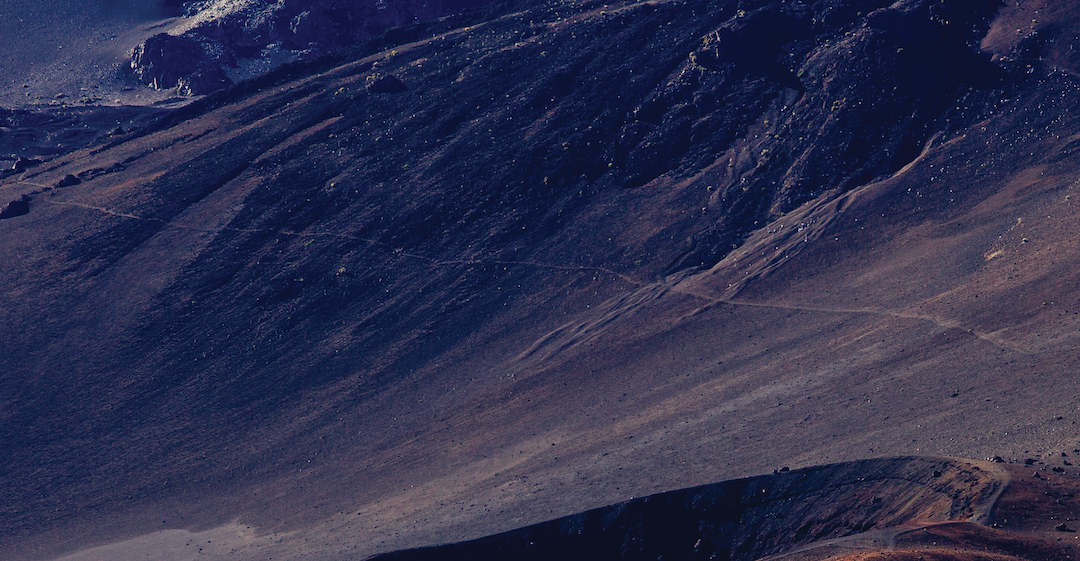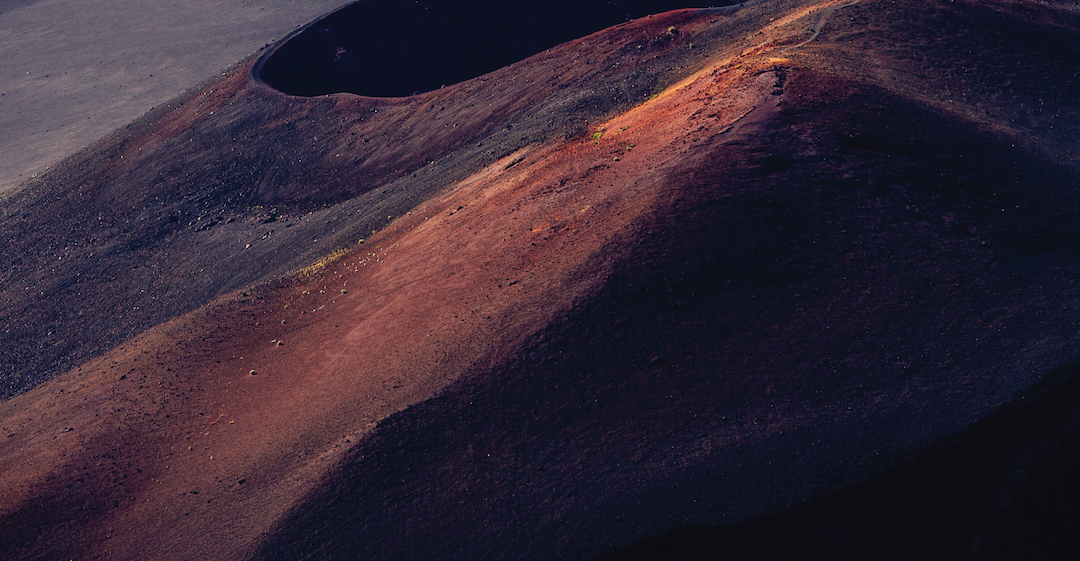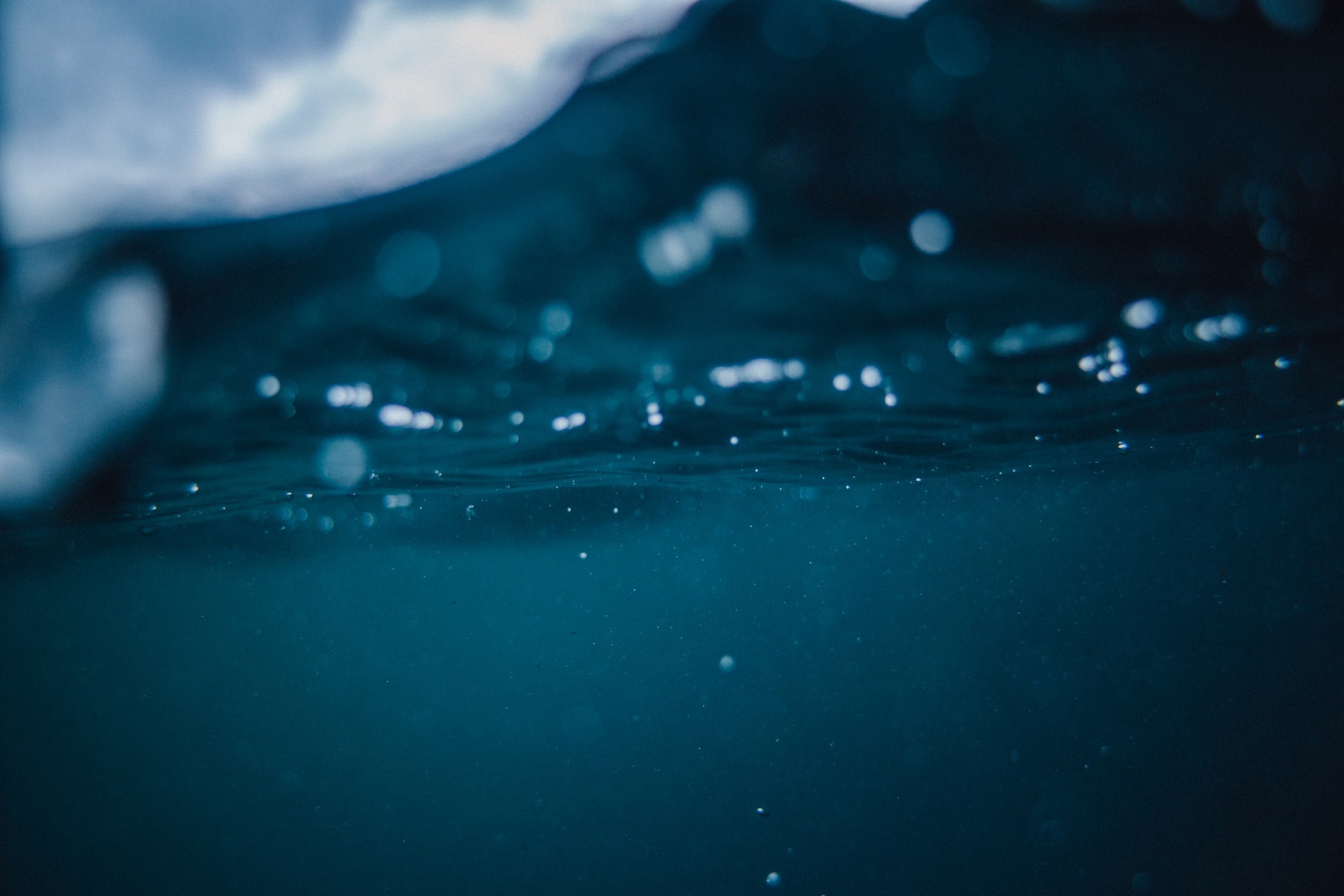
Using spectroscopy to search for life
beyond Earth

Here in the Yeşilbaş Lab, we study water across planets and time.
We combine (geo)chemistry, astrobiology and spectroscopy to discover how water may fuel life on other planets and offers a resource for future human exploration. Our goal is to time travel, to answer a single, driving question:
Is there, or has there ever been, water on Mars?
A little about our (unconventional) methods…
We use Vibrational Spectroscopy to search for water on Mars and the Icy Worlds
Vibrational spectroscopy is a powerful method to measure the spectral fingerprints of minerals, rocks and the varied phases of water and salts. Our lab specializes in using vibrational spectroscopy to study the ice interfacial chemistry of martian analogue minerals, rocks, and soils. In doing so, we take a unique molecular approach to explore the role of the martian regolith for ‘stabilized water’ on Mars. Our research is supported with the excellent infrastructures from the Chemical Biological Center at Umeå University.
We use Earth’s extreme environments and martian analogues as model systems for other planets
We can learn a lot about other planets by studying the extreme environments right here on Earth! We study the minerals, salts, water and surrounding geochemistry of these environments. The aqueous alteration of the minerals reveals a lot of information about the geochemical history of the planet. Our research takes us from the coldest parts of the tundra to volcanic environments- all in the pursuit for understanding how aqueous-geochemical processes interact in extreme environments.
We combine field, laboratory, and satellite data to search for water on Mars
We use data from the Compact Reconnaissance Imaging Spectrometer for Mars (CRISM). The visible and near-infrared spectrometers of CRISM (0.4-2.5 µm) enables us to view and map the dusty martian surface as well as to reveal the secrets of the water and its associated geological features (e.g. thermal vents, lakes, or ponds). All of these may be a strong clue that water have existed on the surface of Mars once upon a time. Furthermore, we use the High Resolution Imaging Experiment (HiRISE) camera images to understand currently active surface processes and landscape evolution (e.g. Recurring Slope Lineae (RSL) features).

Research
We study the geochemical changes of the planet Mars, using field, laboratory, and satellite data.
Publications
We publish studies addressing some of humanities biggest questions, like “Are we alone in the universe?”
Meet our team
We have researchers from astrobiology, geochemistry, planetary sciences and more - all studying Mars together.
News & Updates

Let’s collaborate to understand
life and water in the universe!
Our lab takes a uniquely molecular approach to answering questions at the planetary scale. If you’re excited about studying water and geochemistry on alien planets, then join us on our quest for life in the universe!

















